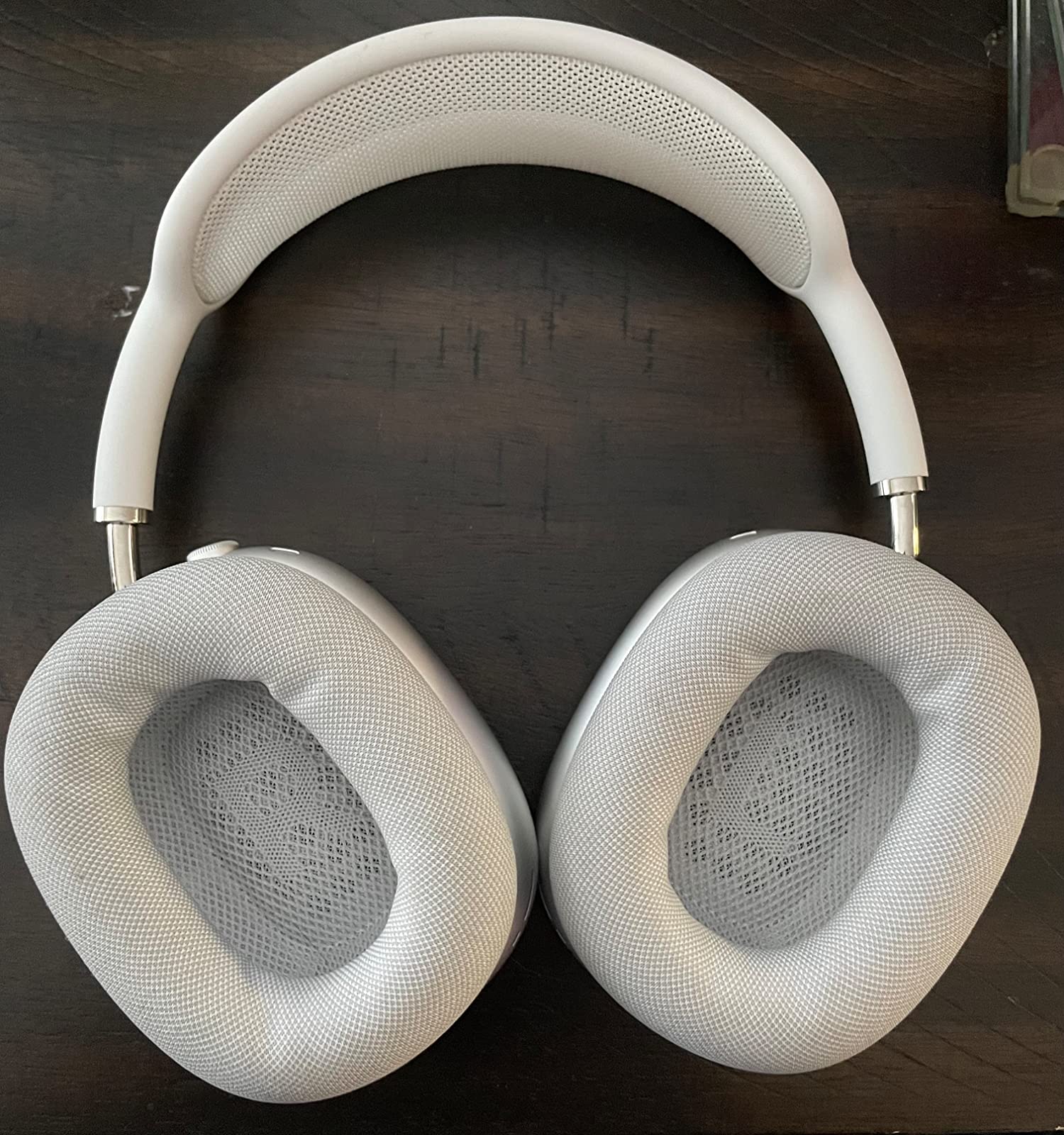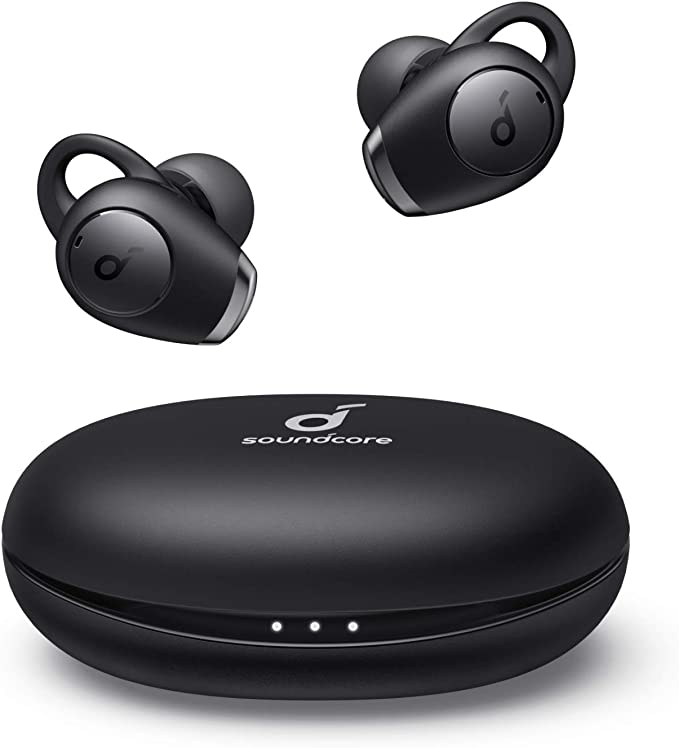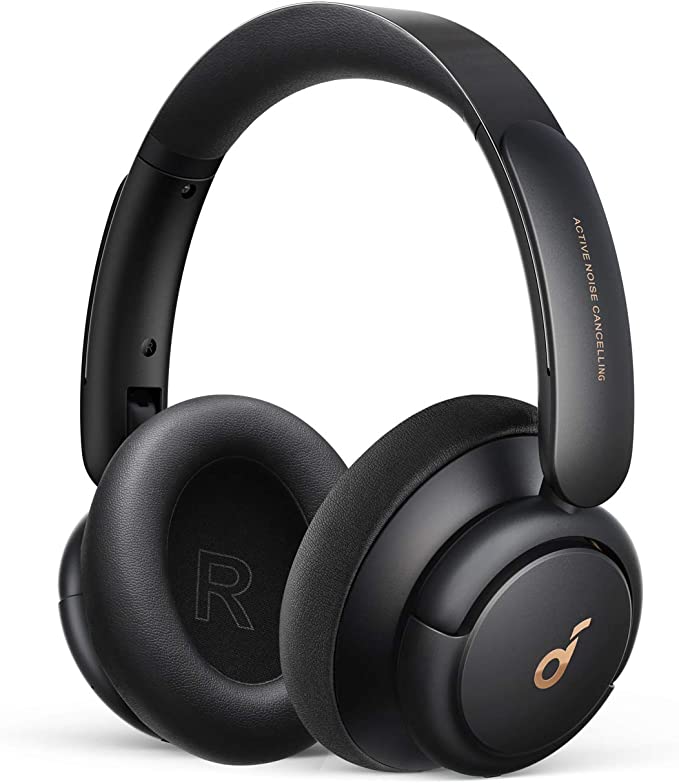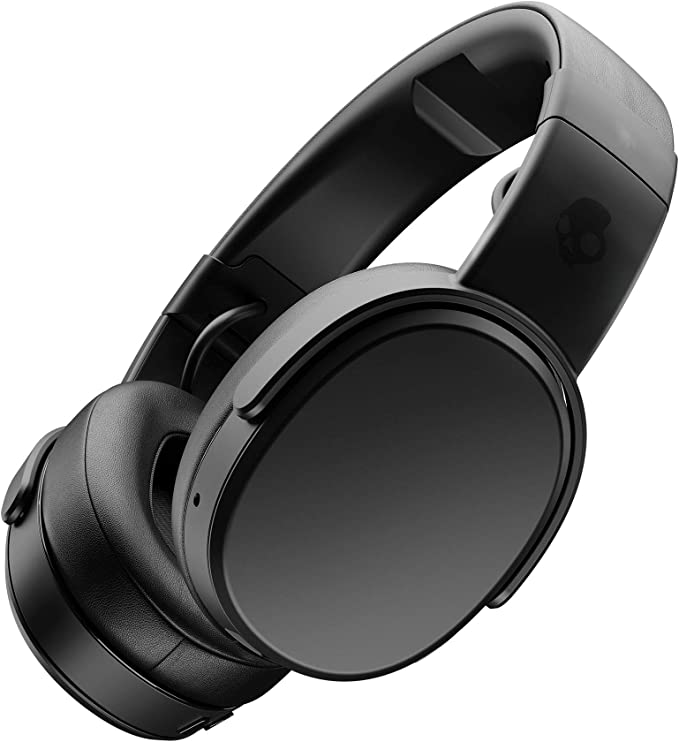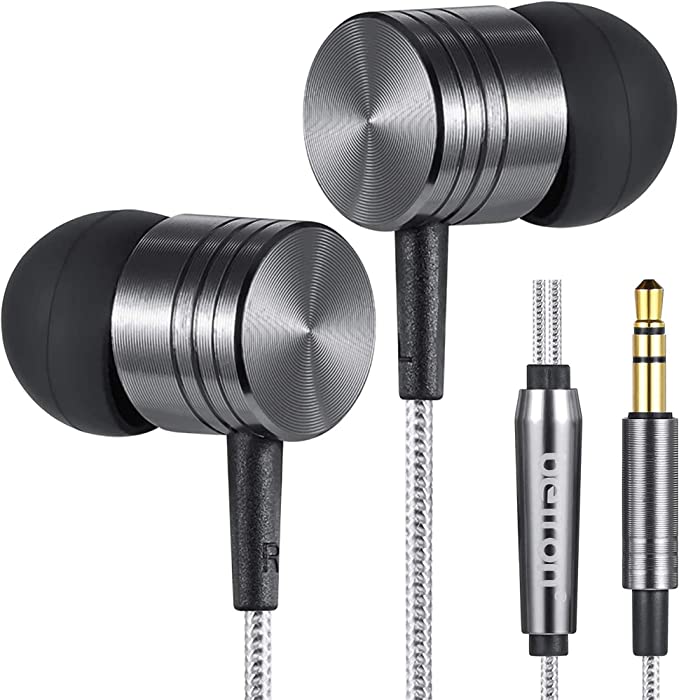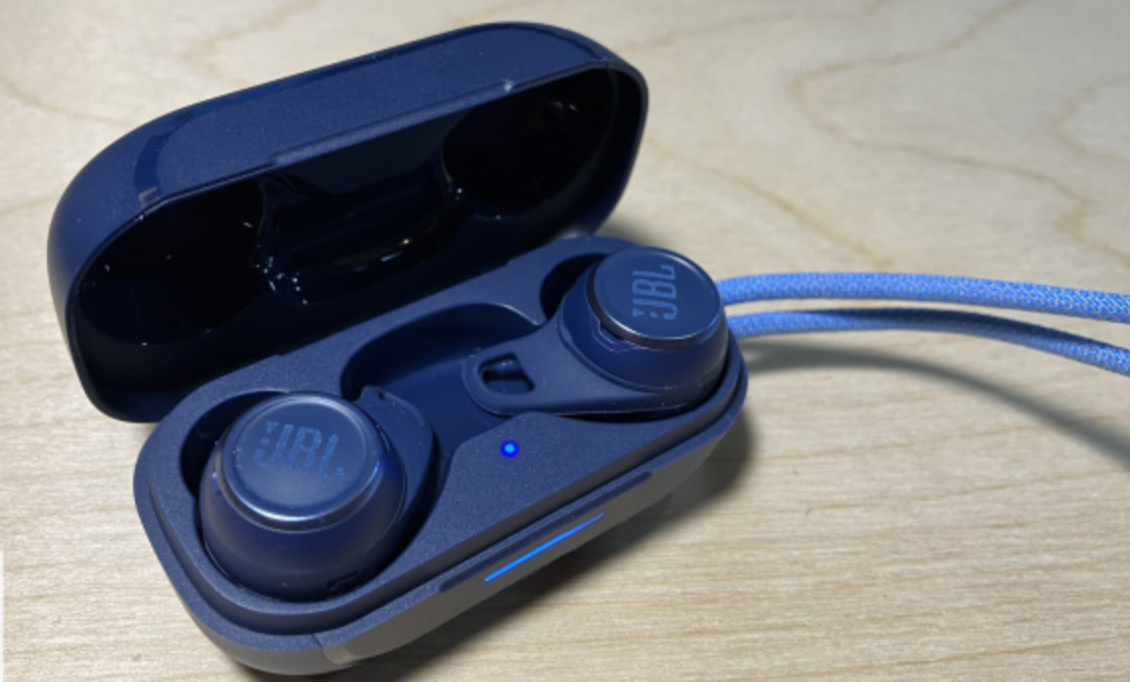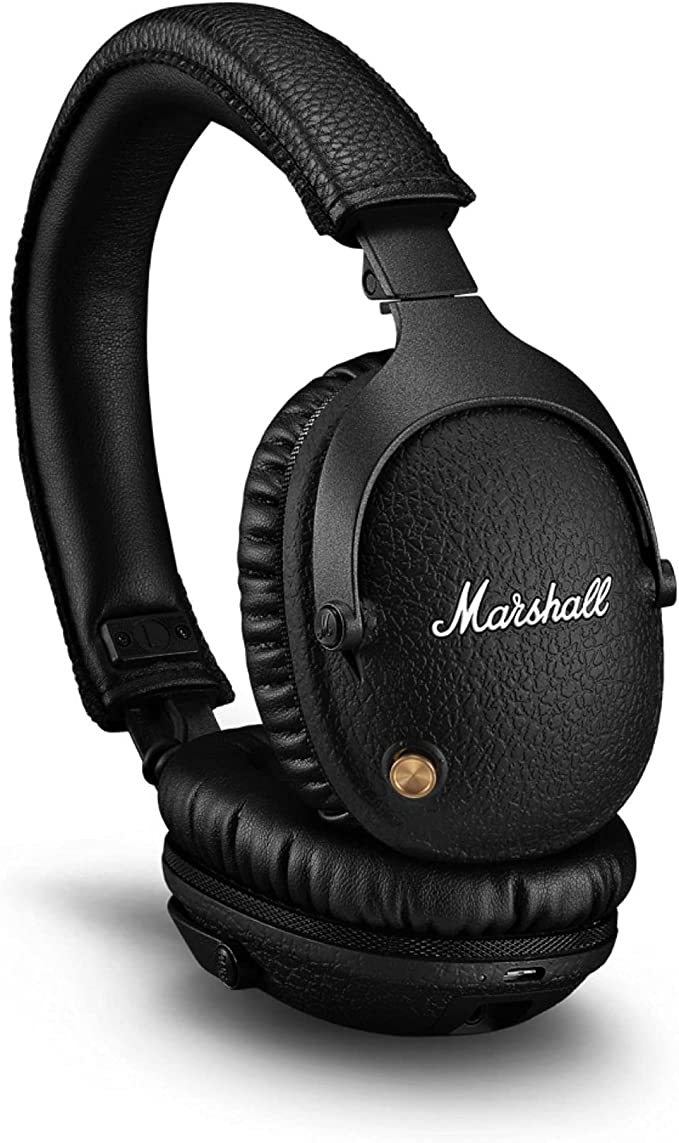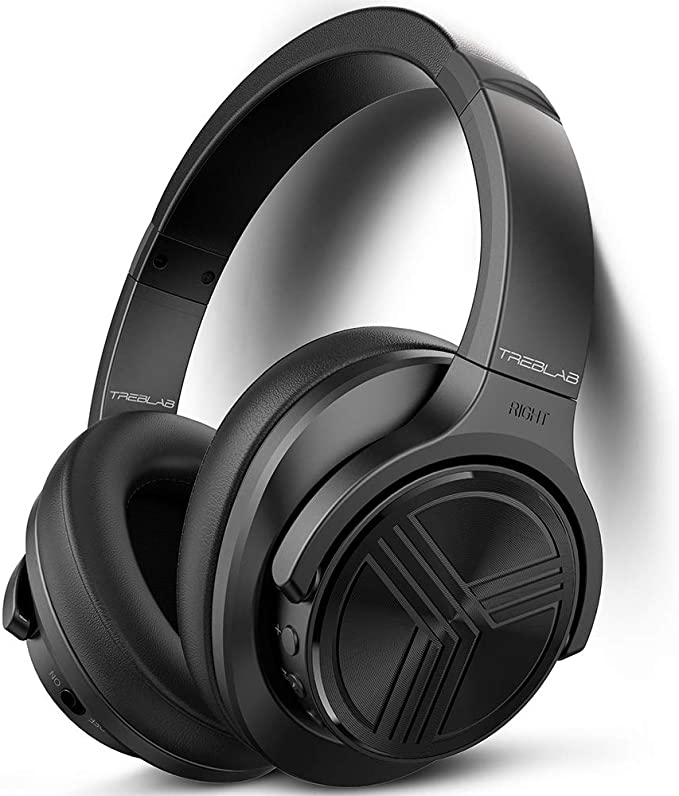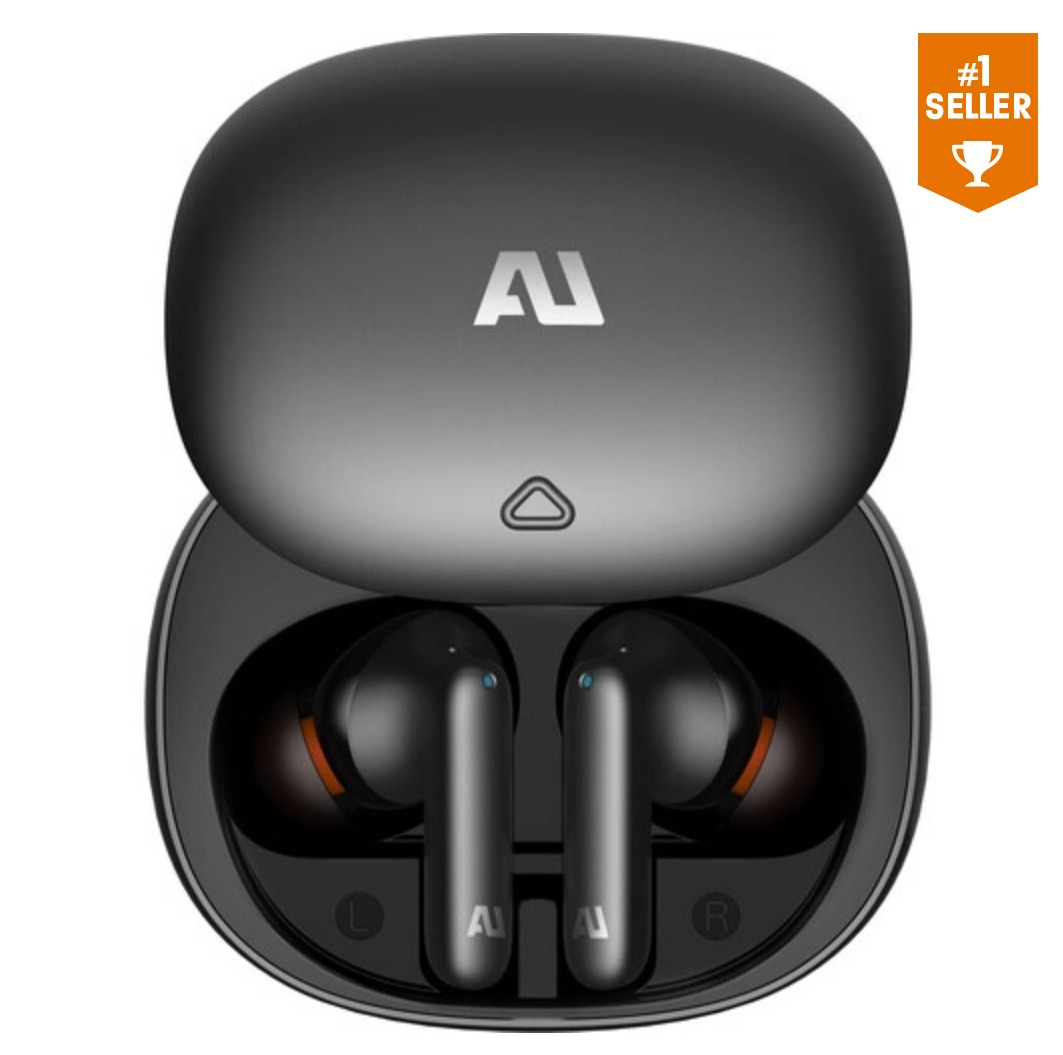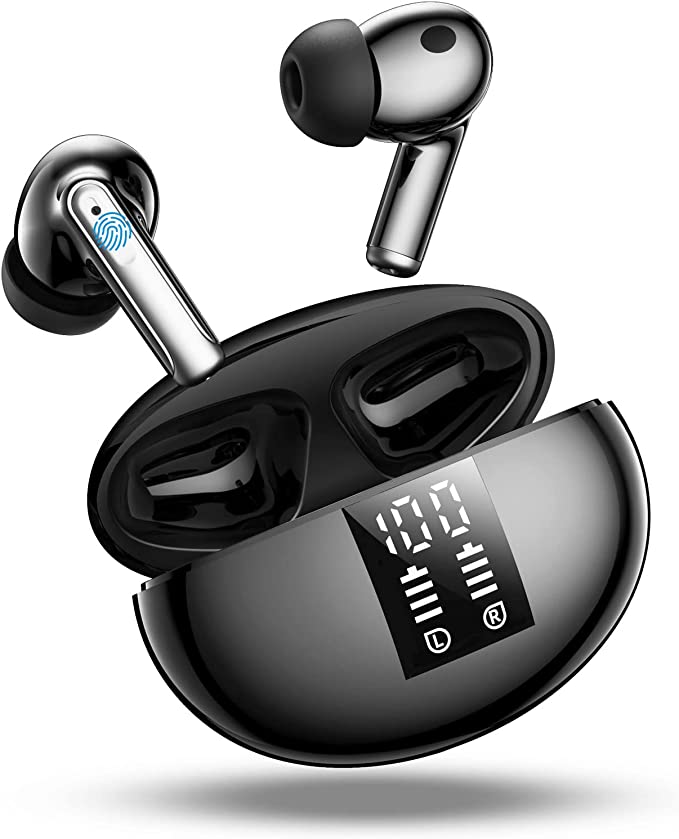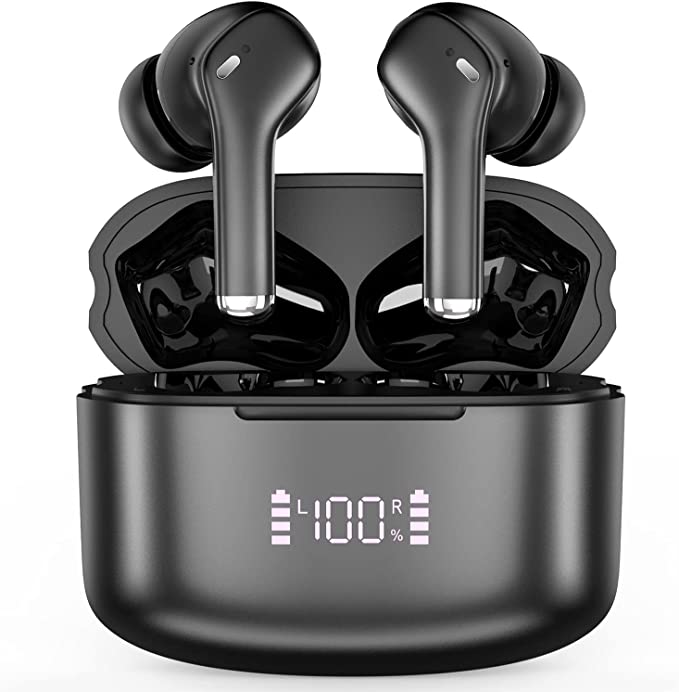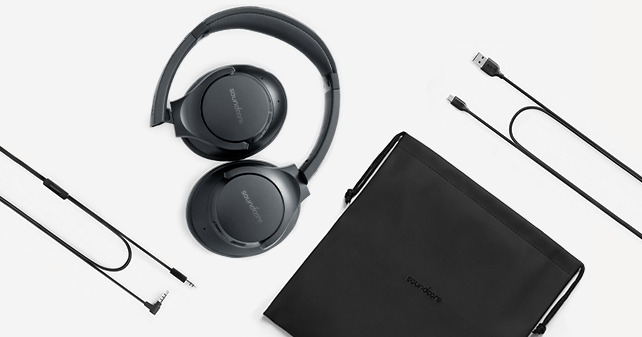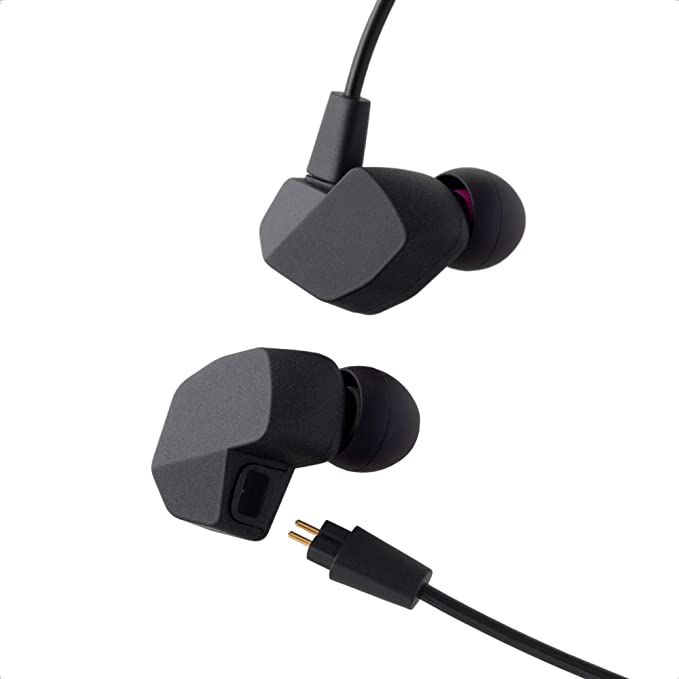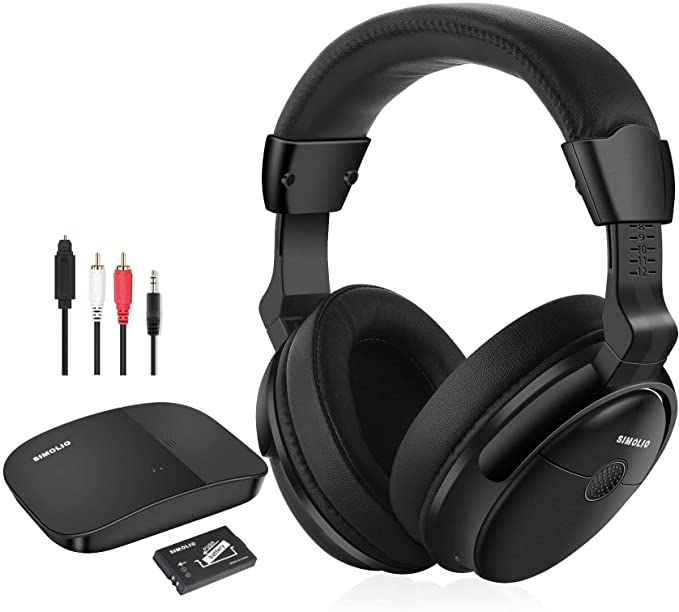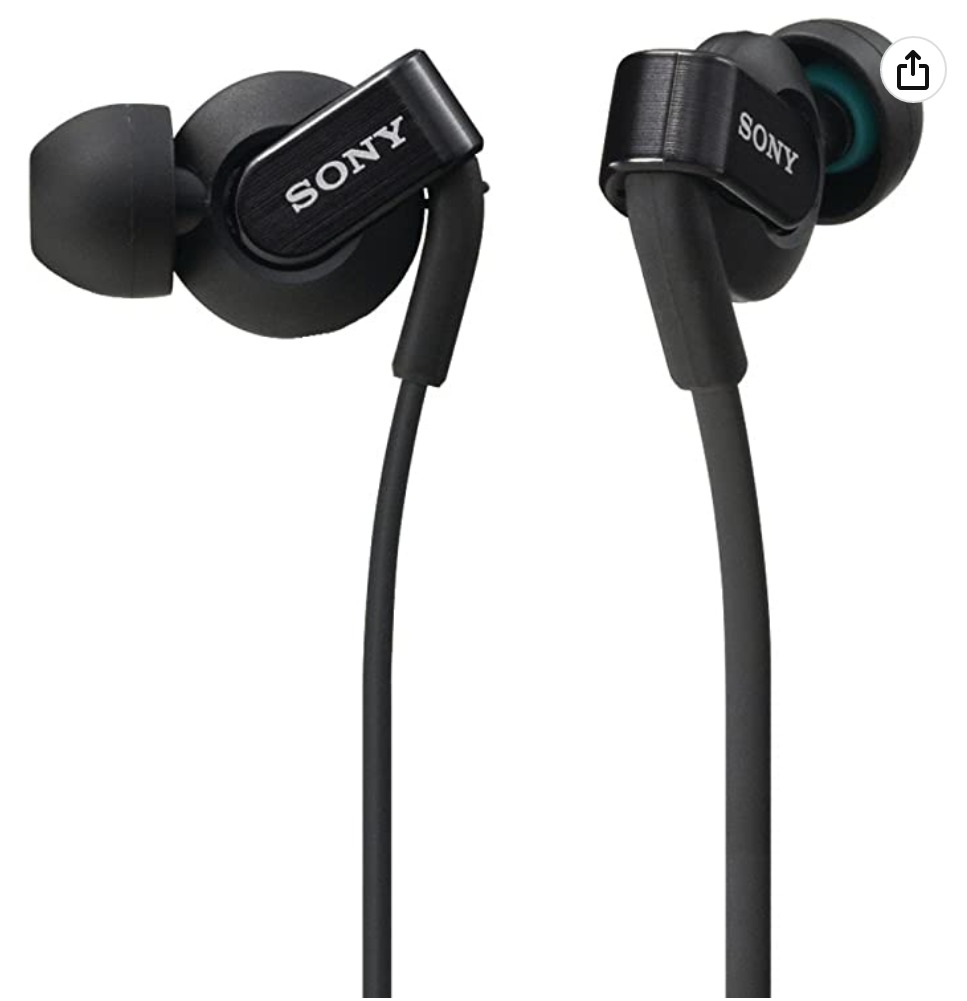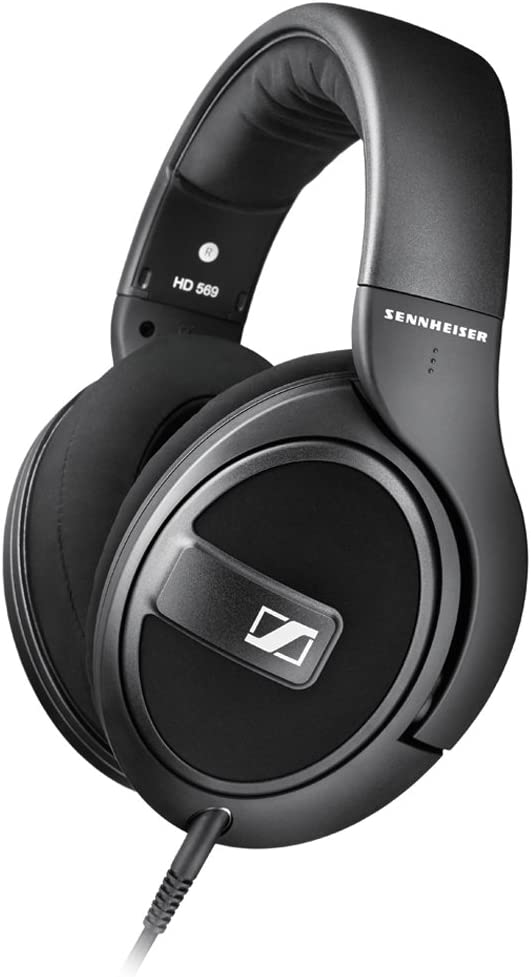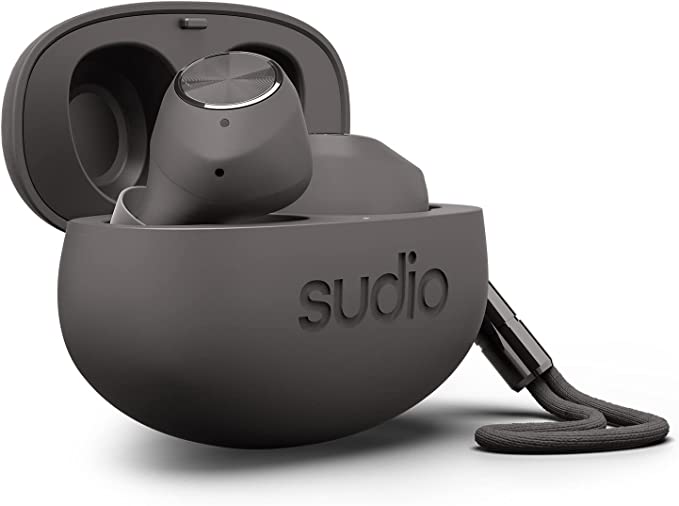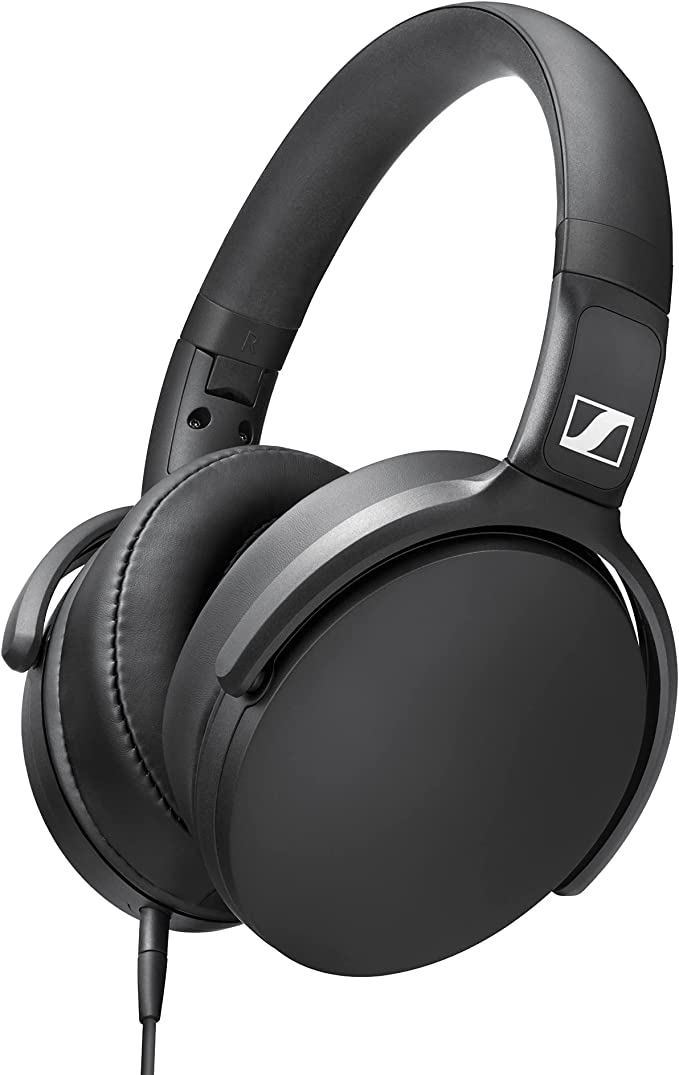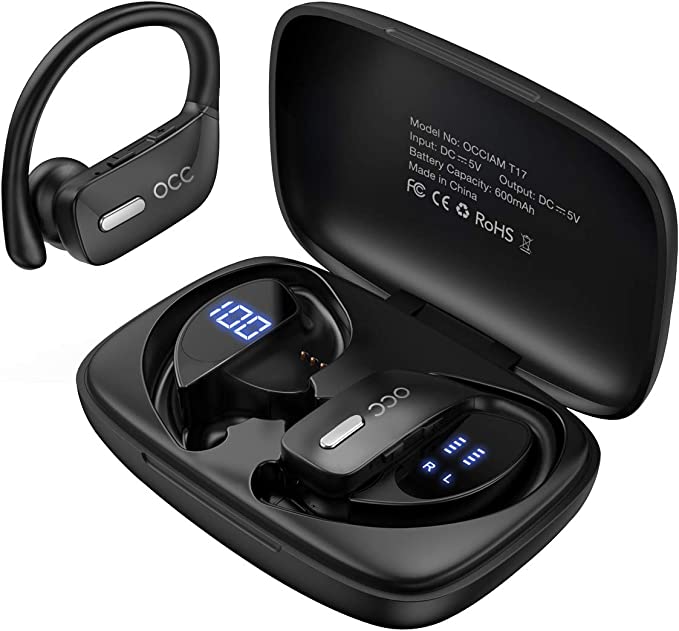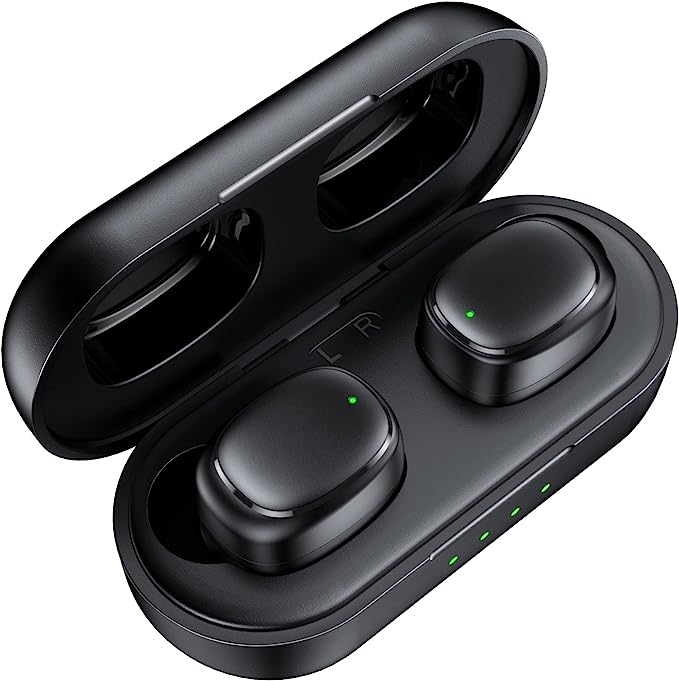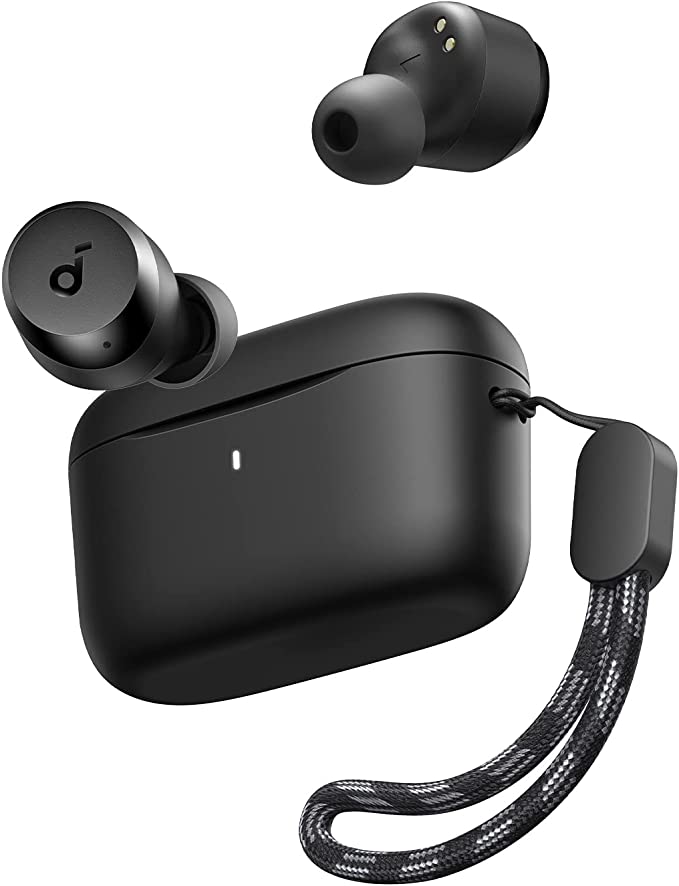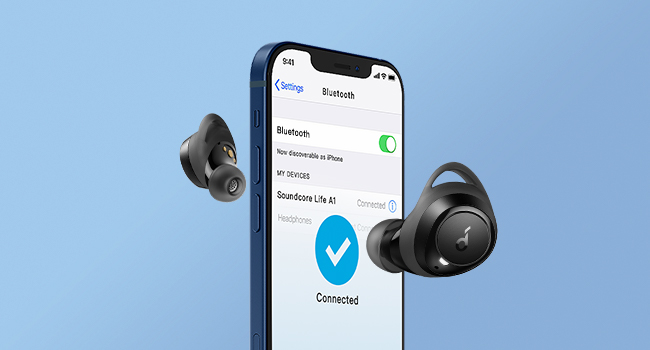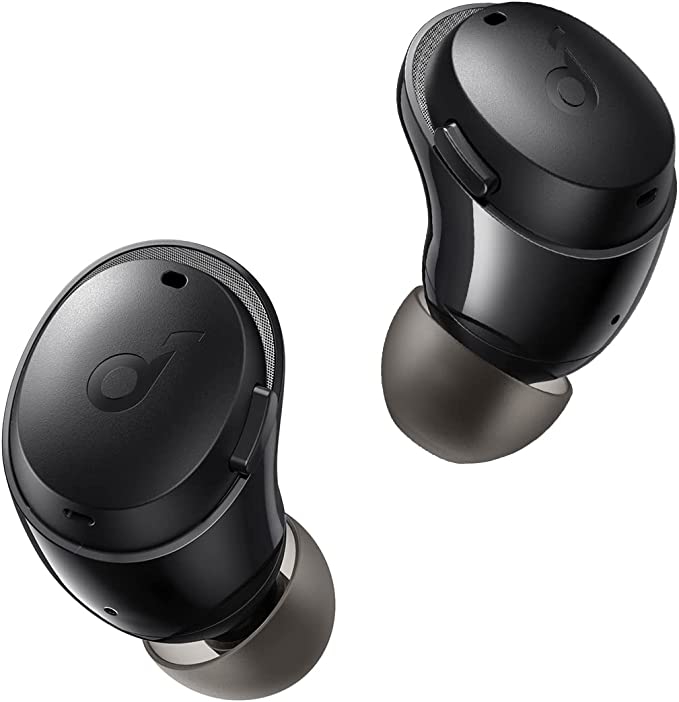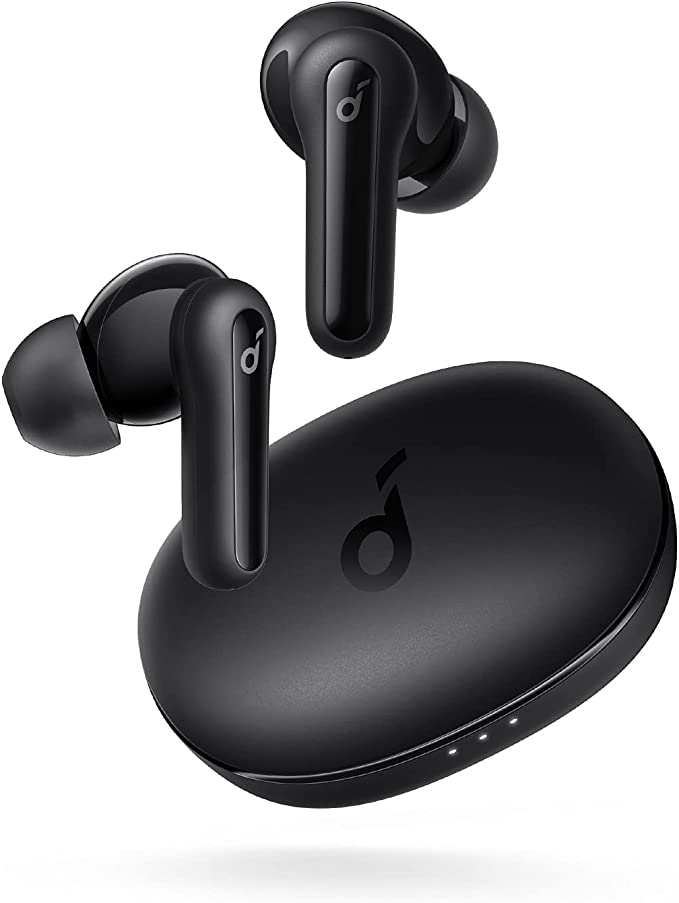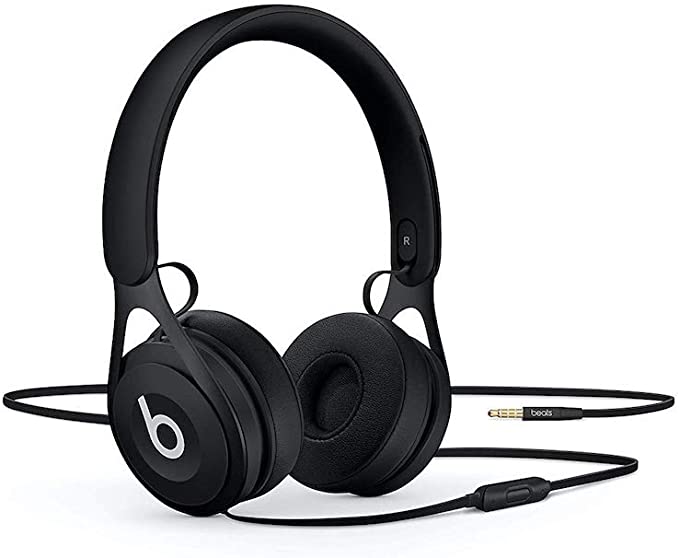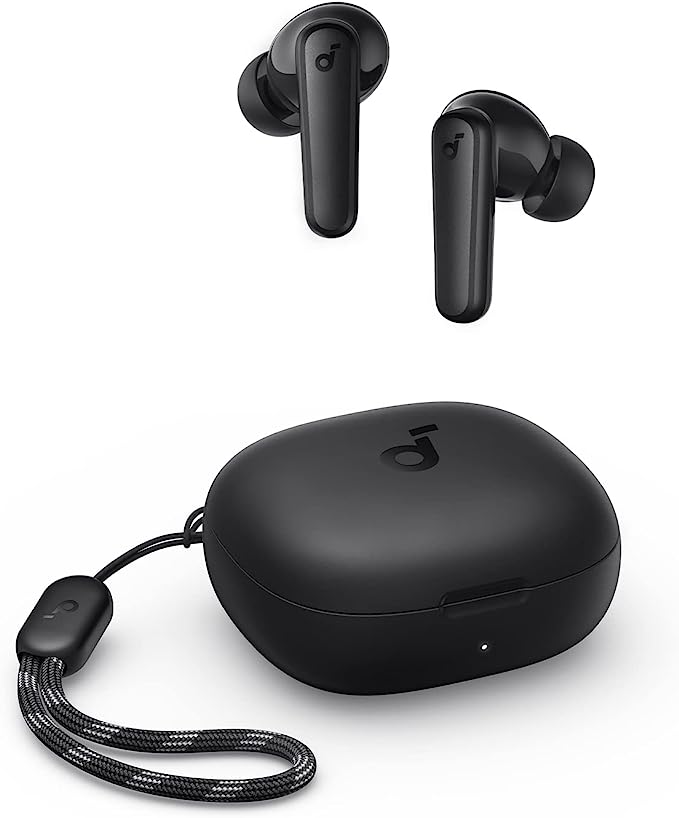Sony WH-XB910N Noise Cancelling Headphones: A Bass-Thumping, Noise-Canceling Audio Feast
Update on July 3, 2025, 8:04 a.m.
Imagine yourself suspended 35,000 feet in the air, encased in an aluminum tube hurtling through the stratosphere at 500 miles per hour. The dominant sensation isn’t the speed, but the sound: a relentless, soul-shaking roar. This isn’t just noise; it’s a physical force, a complex pressure wave of around 85 decibels hammering against you. The sound of a modern jet engine is a physical presence. Now, imagine slipping on a device weighing just a single pound, and with the press of a button, the roar doesn’t just quiet down—it evaporates. The chaos is replaced by a pocket of profound, personal silence. This isn’t magic. It’s a symphony of physics, neuroscience, and ninety years of human ingenuity playing out in the three inches between a speaker driver and your eardrum. This is the world of the Sony WH-XB910N, and it offers a fascinating window into how we are learning to actively shape our own reality.

The Art of Erasing Sound
To understand how a headphone can erase sound, you must first understand that sound is a wave, a ripple of pressure moving through the air. Like any wave, it has peaks (high pressure) and troughs (low pressure). The revolutionary idea, first patented in Germany by physicist Paul Lueg way back in 1936, was deceptively simple: what if you could fight a wave with another wave? If you could create a new sound wave that was a perfect mirror image of the first—with a trough for every peak, and a peak for every trough—the two would meet and annihilate each other in a principle called destructive interference.
This is the core of Active Noise Cancellation (ANC). The headphone acts as both a hunter and a creator. First, a tiny “feed-forward” microphone on the outside of the earcup acts as a sentry, capturing the ambient roar before it reaches you. This signal is rushed to the headphone’s brain, a powerful Digital Signal Processor (DSP). In microseconds, the DSP performs a stunning feat of alchemy: it creates an exact “anti-noise” signal. This anti-noise is then played through the headphone’s internal speaker. The result? The original engine roar and the manufactured anti-roar meet at your ear, and a battle that was supposed to happen ends in a quiet truce.
Decades after Lueg’s patent, the idea was famously and independently resurrected by Dr. Amar Bose during a noisy international flight, leading to the first commercial ANC headsets for pilots. The Sony WH-XB910N’s “Dual Noise Cancelling” system refines this legacy. It adds a second, “feedback” microphone inside the earcup. This internal sentry listens for any noise that managed to sneak past the first line of defense, allowing the system to correct itself in real-time. This is why ANC is astonishingly effective against constant, low-frequency drones like engines and air conditioners. Their predictable wavelengths are easy to map and cancel. It’s also why ANC is less effective against sudden, sharp sounds like a dog’s bark or a nearby conversation—their complex, unpredictable waveforms are simply too fast for the system to create a perfect anti-noise signal in time.

The Digital Archaeologist and the Sculpted Sound
Once silence is achieved, the stage is set for the main performance: your music. But the music you stream from your phone is rarely the full picture. To travel efficiently over the internet, audio files are compressed using formats like MP3 and AAC. This process, pioneered by institutions like the Fraunhofer Institute, uses complex psychoacoustic models to discard audio data it assumes your ears won’t miss. It’s like creating a low-resolution photograph of a song; the main subject is there, but the fine textures and subtle background details are often lost, particularly in the high frequencies that give music its sparkle and “air.”
This is where a technology like Sony’s Digital Sound Enhancement Engine (DSEE) steps in. Think of DSEE as a digital archaeologist. It analyzes the compressed audio and, using pattern recognition, intelligently attempts to reconstruct the missing high-frequency information. It’s not just a simple equalizer boosting the treble; it’s an educated guess, an attempt to restore the sonic mosaic to its original state, making the sound feel fuller and more detailed.
But what about the other end of the spectrum? The “EXTRA BASS” in the WH-XB910N’s name isn’t just a marketing slogan; it’s a statement of intent, and one that taps directly into human perception. The effectiveness of this feature is twofold. Physically, the headphones are engineered with a dedicated bass duct and a tightly sealed earcup, creating an acoustic chamber that naturally amplifies low-frequency sound waves, giving the bass a physical, resonant quality.
Psychologically, our love for bass is deeply rooted in how we hear. The famous Fletcher-Munson curves, developed in the 1930s, demonstrate that human hearing is not linear; our ears are far less sensitive to low and very high frequencies than they are to the midrange, especially at lower volumes. This means that to perceive bass as being equally loud as a midrange vocal, it needs to have significantly more physical energy. For bass enthusiasts, the punchy, forward presentation of these headphones isn’t an exaggeration of the music; it’s a compensation, bringing the low-end foundation of a track up to a level where it can be fully felt and appreciated.

The Invisible Bridge to Your Brain
This entire process—the silencing of the world and the reconstruction of your music—happens wirelessly, connected by the invisible bridge of Bluetooth. The WH-XB910N uses Bluetooth 5.2, a standard that ensures a stable connection and improved power efficiency. This enables convenient features like multi-device pairing, allowing you to seamlessly switch from a video on your laptop to a call on your phone. The audio travels across this bridge using codecs, or compression methods, like the universal SBC or the more efficient AAC, favored by Apple devices. Each is a compromise between sound quality, latency, and stability.
This entire technological marvel is powered by a lithium-ion battery, a small chemical power plant that, through careful engineering, can provide up to 30 hours of continuous reality-curation. And the quick-charge function—giving over four hours of use from a ten-minute charge—is a marvel of modern battery management, pushing energy into the cells as fast as chemistry will safely allow.
Even the feel of the device tells a story of engineering trade-offs. The lightweight, predominantly plastic construction, sometimes noted by users as feeling less than premium, is a conscious decision to keep the headphones comfortable for long-haul flights and to manage cost. Every gram of weight is an enemy of comfort.
Ultimately, the journey of sound ends in the last three inches—from the headphone driver to your eardrum, where the meticulously crafted pressure waves are converted by the delicate mechanics of your inner ear into electrical signals. It is here, in the silent, electrochemical world of your brain, that these signals are finally interpreted as the soaring vocals of a singer, the deep thrum of a bass guitar, and the blissful, enveloping presence of silence.

Curating Your Personal Reality
A device like the Sony WH-XB910N is more than a simple accessory. It represents a profound shift in our relationship with our environment. It is an active tool, a user interface for reality itself. We are moving beyond passively receiving the world’s soundscape and are now actively curating it—subtracting the noise we don’t want, and restoring and sculpting the sounds we do. It’s a powerful capability, offering focus in chaos and solace in a crowd. But as this technology grows ever more sophisticated, merging with augmented reality and becoming an always-on “hearable,” it poses a fascinating question. When you have the power to edit the soundtrack of your life, what kind of reality will you choose to create?

